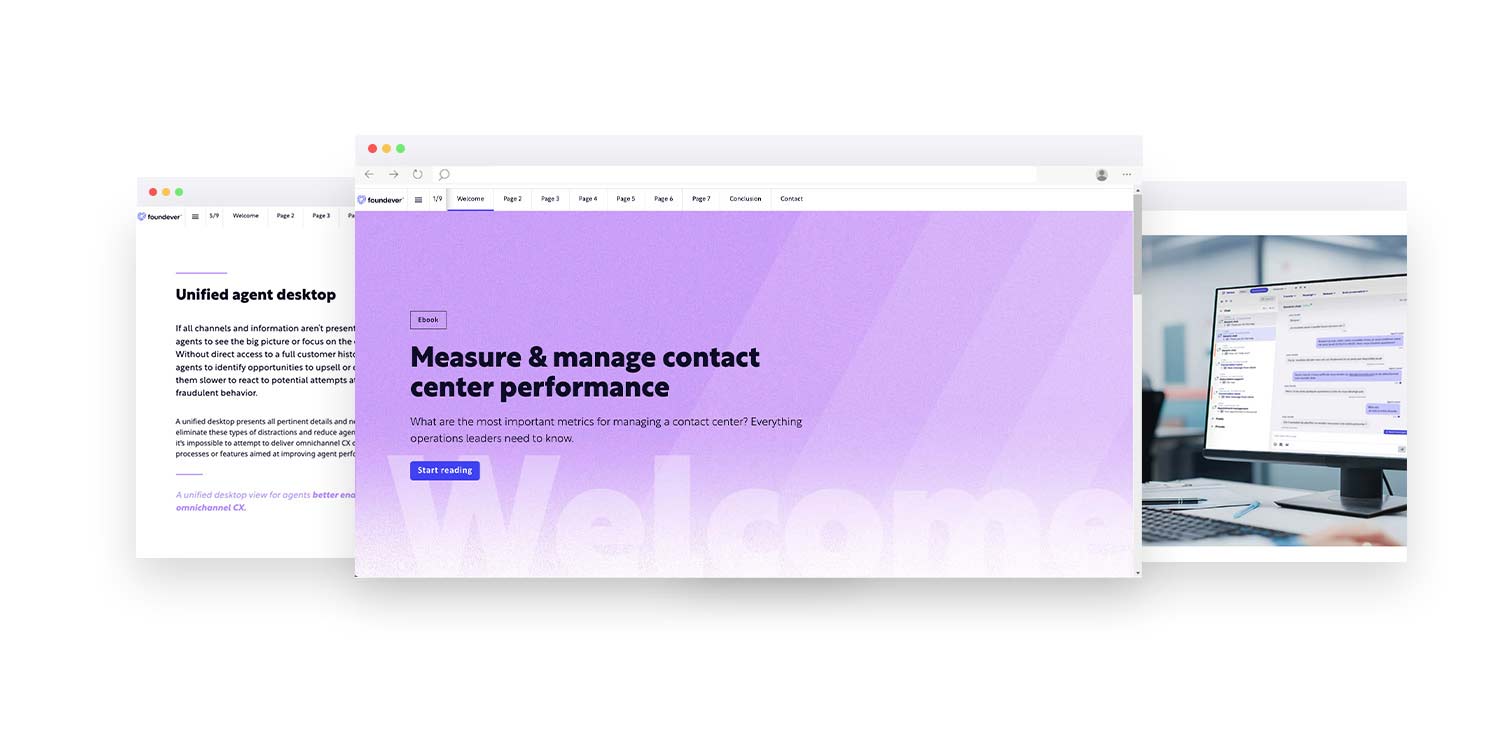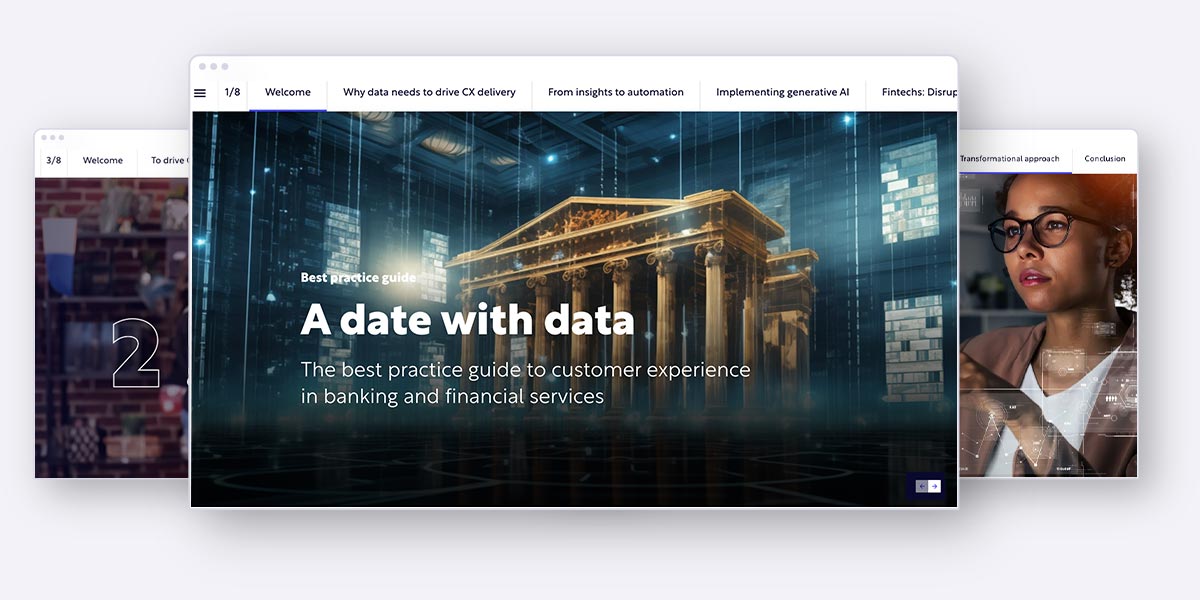- Home
- Insights
Real-world insights
Explore ideas, perspectives & trends shaping CX
Get the latest business news, research and consumer trends, plus thought leadership and in-depth analysis of individual industry sectors and business challenges.



World Day for Safety and Health at Work: Ensuring workplace wellbeing
At Foundever™, recognizing the vital role of a safe and…
The evolution of CX: 5 ways to navigate disruption with GenAI
Is your brand unlocking the full potential of a generative…
Plastic is not fantastic: How our organization aims to drive change and protect our people and the environment
Foundever™ will be actively supporting Earth Day Org’s goal of…
Navigating Disruption with Generative AI Strategies
Foundever™ teamed up with ISG to walk through the evolution of modern CX.
7 proven tips for remote and hybrid working models
The debate surrounding remote, hybrid and fully on-site work models…
What is Net Promoter Score and how does it work?
For over two decades, the Net Promoter Score (NPS) has…
Measure & manage contact center performance
What are the most important metrics for managing a contact center?
Foundever™ location spotlight: Cairo, Egypt
As Foundever™ expands hubs across the globe in culturally rich…
Foundever.org: 5 principles of the CX for Good movement
Foundever.org (a private operating foundation) is committed to upskilling talent…